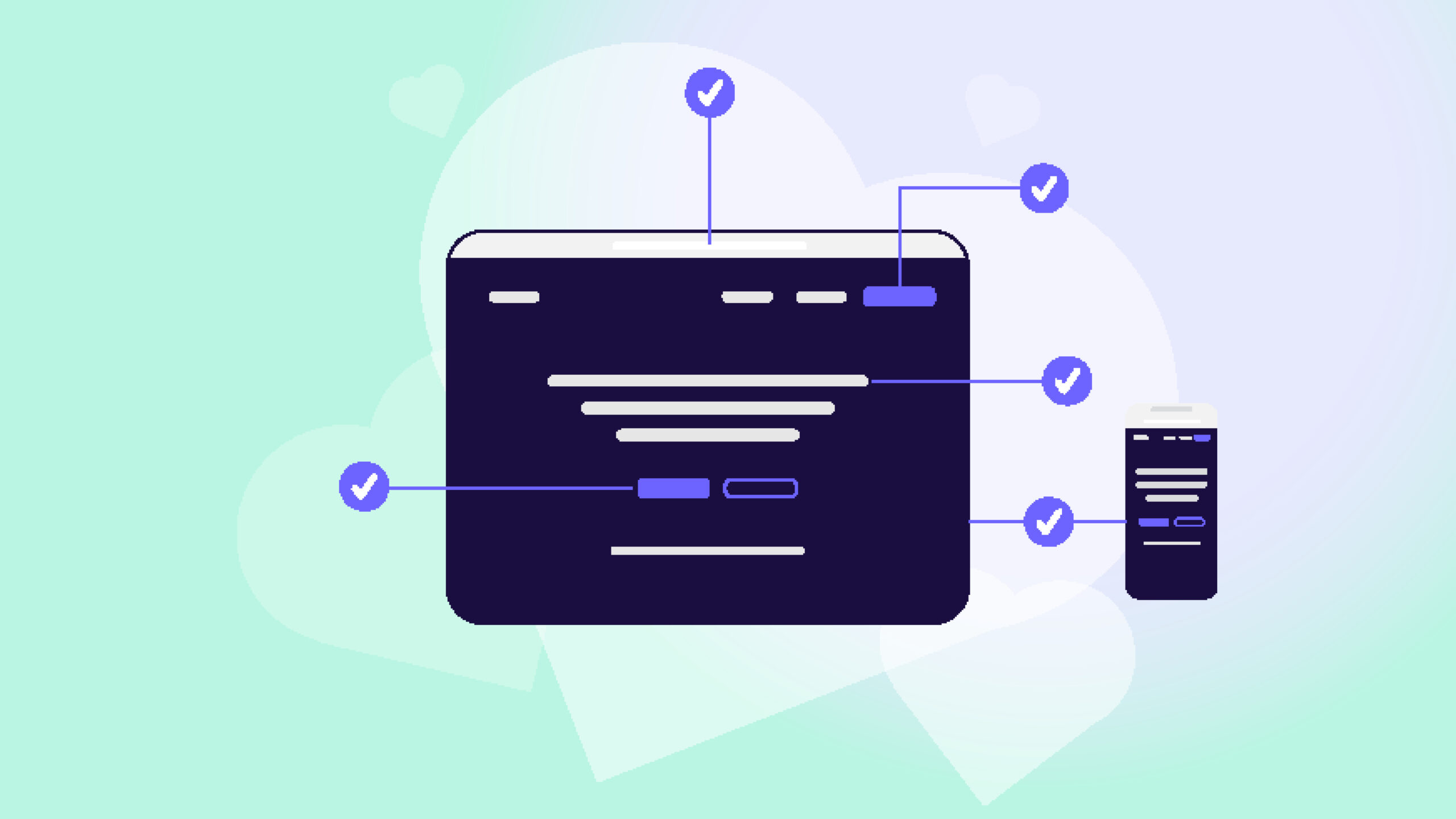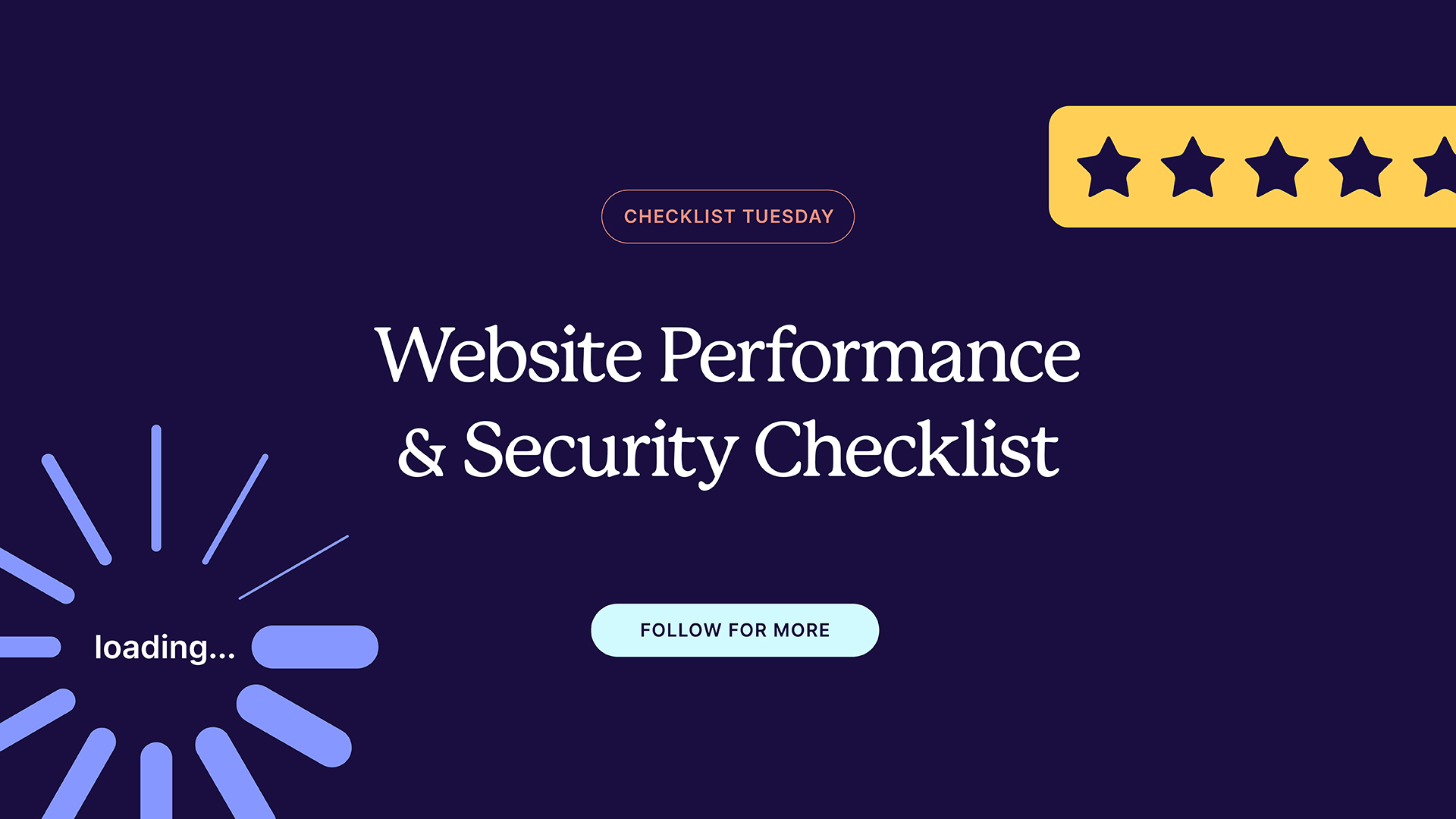It goes without saying that cyberattacks are a growing threat and businesses in all sectors including healthcare, education, eCommerce, and small enterprises are at risk. Whether it’s ransomware locking your systems or a DDoS attack crippling your online services, being prepared, understanding these attacks, and knowing how to respond can make all the difference.
In some of our previous articles we’ve talked about proactive steps you can take to mitigate any chance of a cyberattack, and how to safeguard your data and website. However, a cyberattack recovery plan is another critical element of any cybersecurity strategy.
Cyberattack recovery planning focuses on how to recover from a cyberattack—particularly ransomware or data breaches—by restoring systems, safeguarding data, and minimising operational downtime, providing a roadmap for restoring business operations to normalcy after the attack has been neutralised.
Cybersecurity Risk Snapshot
- Ransomware: This type of malicious software encrypts your data, demanding payment to regain access. Recent reports found that 63% of ransom demands were for $1 million or more with 30% of demands requesting over $5 million, suggesting ransomware operators are seeking huge payoffs.
- DDoS (Distributed Denial of Service): A DDoS attack overwhelms your servers by flooding them with traffic, causing outages and service disruptions. In 2023, Google mitigated a DDoS attack which peaked at 398 million requests per second which was 7.5 times larger than their previous biggest attack.
- Phishing Attacks: Cybercriminals use deceptive emails to trick employees into giving up sensitive information or installing malware. This is often the gateway to larger attacks like ransomware with 41% of cybersecurity incidents being traced back to phishing as the initial vector last year.
Read our previous article which provides a more comprehensive look at the current security threats your business may be faced with.
What to Do to Prevent an Attack: Proactive Measures
- Train Your Team: Regularly educate employees on how to spot phishing emails, suspicious links, and other cyber threats.
- Implement Robust Security: Use firewalls, antivirus software, strong password policies and multi-factor authentication to secure your network.
- Back Up Data: Regularly back up critical data to secure, offsite locations to ensure you can restore your systems quickly and more efficiently after an attack.
- Keep Systems Updated: Apply software patches and updates promptly to protect against vulnerabilities.
- Create your Cyberattack Recovery Plan: Develop your detailed step by step response and recovery plan outlining what steps to take when an attack occurs, who is responsible, and how to communicate with stakeholders.
What to Do During an Attack: Decisive Actions
Initial Response:
- Identify the Threat: Determine the type of attack (e.g., ransomware, malware) to guide recovery actions.
- Isolate Infected Systems: Disconnect compromised systems to prevent further damage or data loss.
- Contact Cybersecurity Experts: Bring in IT professionals or external cybersecurity teams to assess and respond to the attack.
- Evaluate the Impact: Assess the damage to data, systems, and business operations and evaluate what has been compromised.
- Inform Customers and Partners: Be transparent and notify affected parties about the breach to maintain trust and comply with legal requirements.
What to Do After an Attack: Recovery Plan in Action
Recovery:
- Eradicate Chance of Reoccurrence: Remove malware and secure compromised systems.
- Restore Servers: Use documented recovery procedures to ensure systems are accurately restored.
- Test and Verify: Ensure the integrity of restored data and confirm that all systems are functioning as expected.
Restoration & Reintegration:
- Assess Readiness for Reintegration: Ensure that your production environment is secure before bringing systems back online.
- Phased Reintroduction: Gradually reintroduce recovered servers and applications to minimise risk.
- Restore User Access: Carefully re-enable user access to systems and data.
Post-Incident Review:
- Review and Strengthen Security: Assess what went wrong to understand weaknesses in your security.
- Enhance Security: Strengthen defences based on lessons learned and make improvements to reinforce your cybersecurity defences to prevent future attacks.
- Communicate Clearly: Keep stakeholders informed about the incident, recovery efforts, and security enhancements.
- Ongoing Maintenance: Regularly update and test your cyberattack recovery plan to account for new threats and changes in your systems.
- Documentation and Reporting: Create detailed reports on the incident for internal and external stakeholders, including management, legal teams, and regulatory bodies (if necessary).
Benefits of a Cyberattack Recovery Plan
- Reduce Downtime: Quickly restore key systems and services to keep your business running.
- Provide Clear Guidance for Employees: Ensure that all employees understand their roles and responsibilities in the event of a cyberattack enabling a swift and coordinated response.
- Maintain Customer Confidence: Maintain confidence among your customers, partners, and stakeholders.
- Ensure Regulatory Compliance: Stay in line with industry regulations and legal requirements.
Are You Prepared for a Potential Cyber Attack?
- Have you implemented secure, frequent backups?
- Are your systems and network settings well-documented?
- Do you have a trained internal or external cyber recovery team?
- Is your cyber recovery plan regularly updated and tested?
If you answered no to any of the questions above, it’s important that you take action immediately and start developing your cyberattack recovery plan. By preparing ahead with a strong prevention and recovery plan, you can mitigate the damage caused by cyber incidents and protect your business’s reputation, data, and continuity.
Is your business exposed to cybersecurity threats?
If it’s time for you to review your cybersecurity, Greenhat has the unique blend of technical acumen and strategic insight to help keep your business and data safe. For a free consultation, contact our team today.








